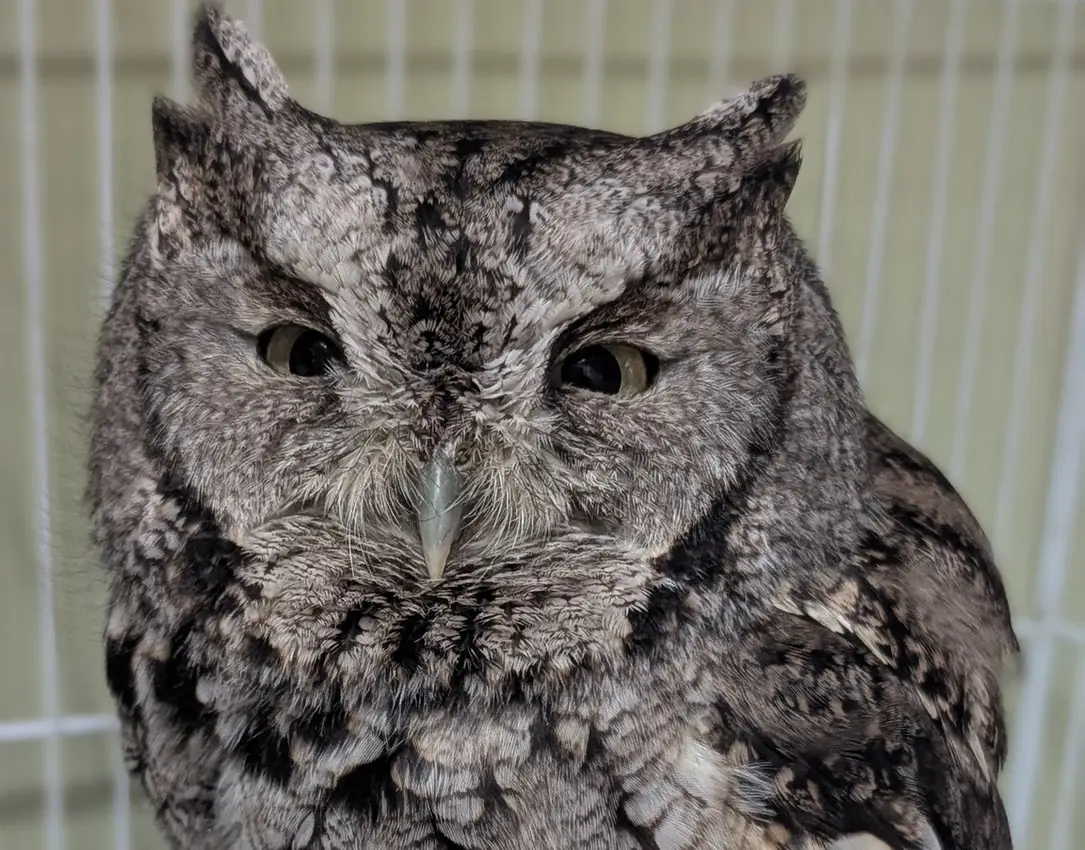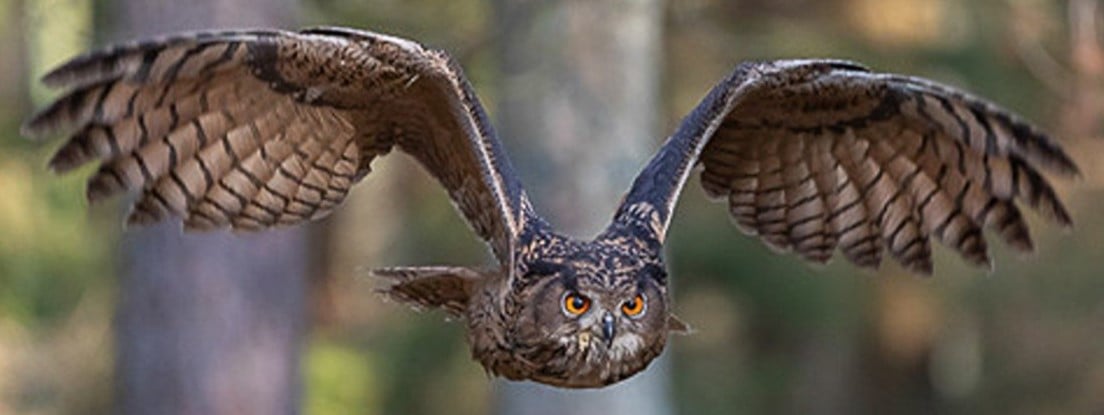This Eastern Screech Owl was found on the ground in LaPorte this past Tuesday, unwilling or unable to fly. After being rescued he was transported to our center for an exam to determine his lethargic behaviors. After determining that he had no broken bones and no soft tissue injuries, our team conducted a lead toxicity test as well as a test for rodenticide toxicity by checking to see how long it took for his blood to coagulate.
Not only did this Eastern Screech Owl's tests come back with elevated levels of lead of 10.7 ug/dL (should be less than 3.3 ug/dL) but his blood took hours to coagulate! Not only did his blood in the test tube have difficulty coagulating, but the tiny puncture site for his needle stick also had a difficult time clotting!!
Staff was able to utilize QuickStop and pressure on the puncture site to get the bleeding to stop but this is a very real sign that this Eastern Screech Owl had recently ingested a mouse that had been poisoned. For the next two weeks, we will be treating this owl with Vitamin K to help alleviate the rodenticide toxicity. Thankfully, he is already eating on its own and is much more alert.
Most rodenticides are anti-coagulants. They prevent the blood from clotting and thin it until the victim eventually dies from internal bleeding. The time taken for a rodent to die after eating the bait varies from 2 to 12 days. A rodent eating a sub-lethal dose (not enough to kill it) may carry the poison in its liver for several months. Before a poisoned rodent dies it may be caught by a predator which then ingests the poison. This is called secondary poisoning. Creatures which have been killed by secondary poisoning include opossums, foxes, owls, hawks, raccoons, and coyotes. Animals which have been killed by directly eating rodenticide baits include dogs, cats, pigeons and blackbirds.
To contribute to the cost of medical care for animal like this Eastern Screech Owl, who is being medicated for both Lead toxicity and Rodenticide Toxicity, please consider making a donation at www.humaneindiana.org/donate


https://static.wikia.nocookie.net/enfuturama/images/c/c5/225px-Fry_meme.png/revision/latest/scale-to-width-down/225?cb=20150413003324